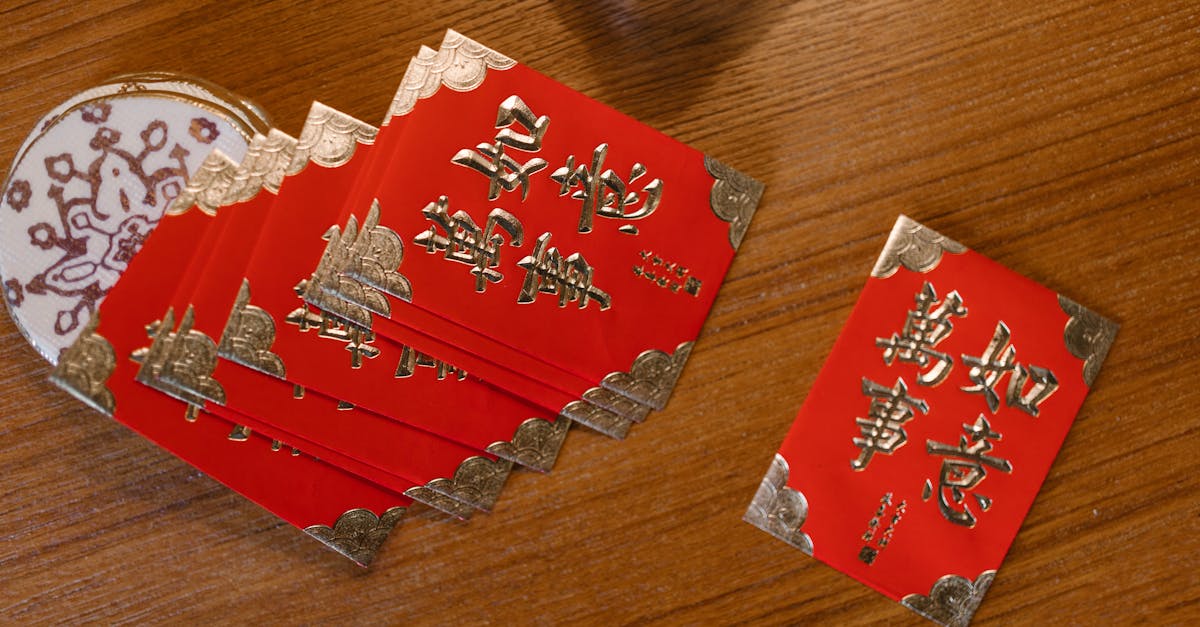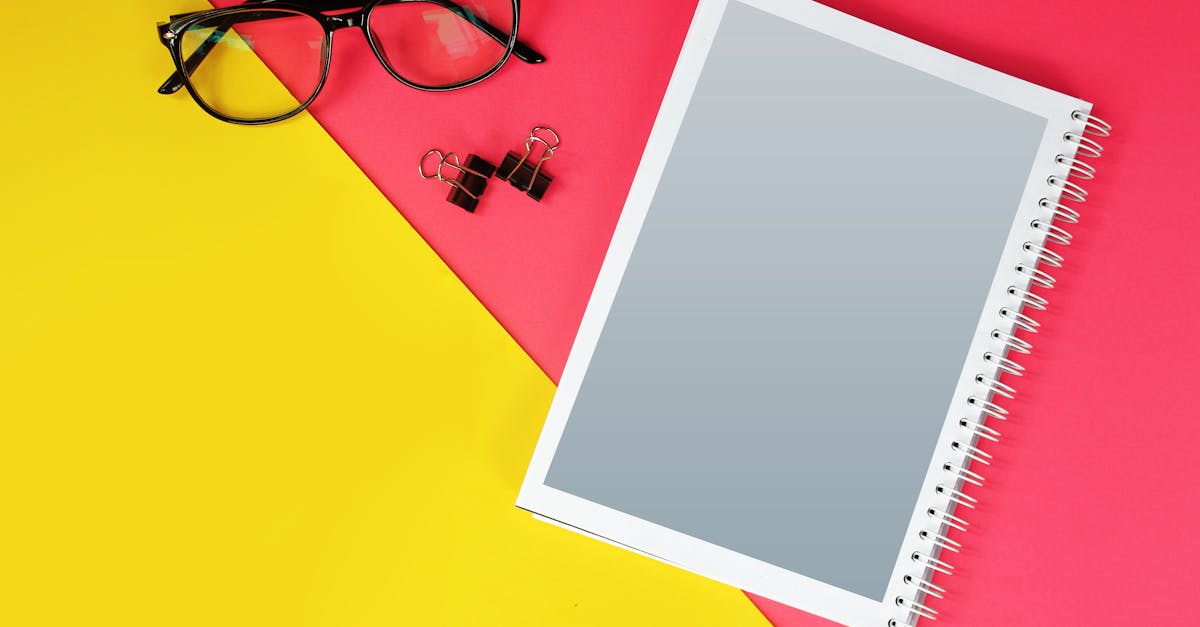The Alchemy of Art and Investment: Unveiling the Enchanting World of Gold Leaf

Gold Leaf: A Timeless Legacy of Artistry and Investment
Gold leaf has captivated civilizations for millennia, leaving an enduring mark on art, architecture, and spirituality. Its shimmering surfaces evoke a sense of grandeur and opulence, while its malleability and longevity make it a versatile material for both traditional and contemporary applications.
In this article, we delve into the captivating history of gold leaf, exploring its ancient origins and the meticulous craftsmanship involved in its production. We examine the techniques of gilding, showcasing the artistry and precision required to create stunning decorative effects. We also explore the surprising modern applications of gold leaf, from scientific research to cutting-edge design.
Whether you’re an art enthusiast, an investor seeking unique opportunities, or simply curious about this remarkable material, this article will provide a comprehensive guide to the world of gold leaf, its enchanting history, captivating applications, and enduring value.
Key Insights
- Gold leaf has been used for centuries to create stunning works of art and decorative objects.
- Gold leaf is made by hammering gold into ultrathin sheets.
- There are two main methods of gilding: water gilding and oil gilding.
- Gold leaf can be used on a variety of surfaces, including wood, metal, glass, and plastic.
- Gold leaf is a good investment for investors seeking diversification.
1. The Enchanting History of Gold Leaf
The Enchanting History of Gold Leaf
Gold leaf has a rich and captivating history, dating back to ancient civilizations. Its earliest known use can be traced back to ancient Egypt, where it was employed to adorn the tombs of pharaohs and other high-ranking officials. The Egyptians believed that gold possessed divine properties and associated it with the sun god Ra.
The use of gold leaf spread throughout the ancient world, with civilizations in Mesopotamia, Greece, and Rome all utilizing it for decorative and religious purposes. In ancient Greece, gold leaf was used to create stunning sculptures and architectural elements, including the famous golden mask of Agamemnon. The Romans also used gold leaf extensively, particularly in their temples and palaces.
During the Middle Ages, gold leaf became an essential material in the creation of religious artwork. It was used to adorn illuminated manuscripts, altarpieces, and other ecclesiastical objects. The Byzantine Empire was particularly renowned for its exquisite gold leaf mosaics, which depicted religious scenes and figures with intricate detail.
The Renaissance period saw a renewed interest in gold leaf, as artists sought to recreate the grandeur of ancient art. Gold leaf was used extensively in paintings, sculptures, and architectural elements, creating a sense of opulence and splendor. Some of the most famous Renaissance artists who used gold leaf include Leonardo da Vinci, Michelangelo, and Raphael.
2. Crafting Gold Leaf: An Art Rooted in Tradition

Crafting Gold Leaf: An Art Rooted in Tradition
The process of crafting gold leaf is a meticulous art form that has been passed down through generations of skilled artisans. It begins with the sourcing of pure gold, which is typically mined from ores or recycled from existing gold sources. The gold is then carefully refined to remove any impurities.
The refined gold is then hammered into extremely thin sheets. This process requires great skill and precision, as the gold must be hammered evenly to achieve a uniform thickness. Traditionally, gold leaf was hammered by hand using a heavy hammer and a smooth anvil. However, modern techniques also involve the use of rolling mills to achieve the desired thinness.
The resulting gold leaf is incredibly thin, typically measuring around 0.1 microns in thickness. This makes it extremely delicate and easy to work with. Gold leaf is often sold in books, which contain 25 sheets of gold leaf separated by a thin layer of tissue paper.
The traditional methods of gold leaf production have remained largely unchanged for centuries, ensuring the preservation of this ancient craft. Today, there are still a number of skilled artisans who continue to produce gold leaf using these time-honored techniques.
Mining and Refining the Gold
Mining and Refining the Gold
Gold is a precious metal that occurs naturally in the Earth’s crust. It is typically found in ores, which are rocks that contain valuable minerals. Gold ores can be mined from both underground and surface deposits.
The most common method of gold mining is open-pit mining, which involves removing the overburden (soil and rock) to expose the ore. Once the ore is exposed, it is extracted using various methods, such as drilling and blasting.
Once the gold ore has been mined, it must be refined to extract the pure gold. The refining process typically involves crushing the ore and then treating it with chemicals to dissolve the gold. The gold is then separated from the other materials in the ore using various techniques, such as precipitation and electrolysis.
The resulting pure gold is then cast into bars or ingots, which can then be used to produce gold leaf. Gold’s unique properties, such as its malleability and ductility, make it ideal for this purpose. Gold can be hammered into extremely thin sheets without breaking, making it perfect for creating the delicate sheets of gold leaf used in gilding.
Hammering and Thinning the Gold
Hammering and Thinning the Gold
Hammering and thinning the gold is a critical step in the process of creating gold leaf. The goal is to transform a small piece of gold into a sheet that is extremely thin and uniform. This requires great skill and precision, as the gold must be hammered evenly to avoid tearing or creating unevenness.
Traditionally, gold leaf was hammered by hand using a heavy hammer and a smooth anvil. The goldsmith would start with a small piece of gold and gradually hammer it thinner and wider, using progressively lighter hammers. This process could take several hours or even days, depending on the desired thickness of the gold leaf.
Modern techniques also involve the use of rolling mills to achieve the desired thinness. Rolling mills consist of two heavy rollers that compress the gold, reducing its thickness. This method is more efficient than hand hammering and can produce gold leaf with a more consistent thickness.
Regardless of the method used, hammering and thinning the gold is a delicate and time-consuming process. It requires great skill and experience to produce gold leaf of the highest quality.
3. Gilding with Gold Leaf: Techniques and Applications
Gilding with Gold Leaf: Techniques and Applications
Gilding is the art of applying gold leaf to a surface to create a decorative effect. It has been used for centuries to adorn everything from furniture and picture frames to buildings and sculptures. There are two main methods of gilding: water gilding and oil gilding.
Water gilding is the traditional method of gilding, and it involves using a water-based adhesive to attach the gold leaf to the surface. The surface is first prepared with a layer of gesso, which is a white primer made from plaster and glue. Once the gesso is dry, a thin layer of adhesive is applied and the gold leaf is laid on top. The gold leaf is then burnished with a soft brush or tool to create a smooth, reflective surface.
Oil gilding is a more modern method of gilding, and it involves using an oil-based adhesive to attach the gold leaf to the surface. The surface is first prepared with a layer of oil-based primer, and then the gold leaf is applied. The gold leaf is then burnished to create a smooth, reflective surface.
Gilding is a versatile technique that can be used to create a wide range of decorative effects. It can be used to create both traditional and modern designs, and it can be applied to a variety of surfaces, including wood, metal, glass, and plastic.
Water Gilding
Water Gilding: A Traditional Technique for Intricate Designs
Water gilding is a traditional method of gilding that has been used for centuries to create intricate designs and patterns. It involves using a water-based adhesive to attach the gold leaf to the surface. The surface is first prepared with a layer of gesso, which is a white primer made from plaster and glue. Once the gesso is dry, a thin layer of adhesive is applied and the gold leaf is laid on top. The gold leaf is then burnished with a soft brush or tool to create a smooth, reflective surface.
Water gilding is a delicate process that requires great skill and precision. The adhesive must be applied evenly and the gold leaf must be laid carefully to avoid tearing or wrinkling. However, the results are stunning, and water gilding can be used to create incredibly intricate and beautiful designs.
Water gilding is often used to decorate furniture, picture frames, and other objects. It can also be used to create murals and other large-scale works of art. Some of the most famous examples of water gilding can be found in the Sistine Chapel in Rome and the Palace of Versailles in France.
Oil Gilding
Oil Gilding: A Durable and Long-Lasting Finish
Oil gilding is a method of gilding that uses an oil-based mordant to attach the gold leaf to the surface. The mordant is a sticky substance that helps the gold leaf to adhere to the surface and also provides a protective layer. This makes oil gilding a more durable and long-lasting finish than water gilding.
The process of oil gilding is similar to water gilding, but there are a few key differences. First, the surface is prepared with a layer of oil-based primer instead of gesso. Second, an oil-based mordant is applied to the surface before the gold leaf is laid on top. The mordant is typically made from linseed oil and beeswax.
Once the gold leaf has been applied, it is burnished with a soft brush or tool to create a smooth, reflective surface. Oil gilding can be used to create a wide range of decorative effects, from traditional to modern. It is often used to decorate furniture, picture frames, and other objects. Oil gilding is also used to create murals and other large-scale works of art.
4. Contemporary Applications of Gold Leaf

Contemporary Applications of Gold Leaf: Versatility and Innovation
Gold leaf has been used for centuries to create stunning works of art and decorative objects. However, in recent years, gold leaf has also found new applications in a variety of industries, showcasing its versatility and evolving uses.
One of the most exciting contemporary applications of gold leaf is in the field of architecture. Gold leaf is being used to create shimmering facades, eye-catching interiors, and even entire buildings. For example, the Burj Khalifa in Dubai is adorned with over 24,000 square meters of gold leaf.
Gold leaf is also being used in the fashion and beauty industries. Gold leaf can be applied to fabrics, jewelry, and even cosmetics to create a luxurious and opulent look. For example, the designer Yves Saint Laurent used gold leaf to create a stunning gold dress that was worn by the actress Catherine Deneuve.
In addition to these traditional and contemporary applications, gold leaf is also being used in a variety of other industries, including automotive, electronics, and even food and beverage. The unique properties of gold leaf make it a valuable material for a wide range of applications.
5. Gold Leaf in Artistic Expressions
Gold Leaf in Artistic Expressions: Enhancing Beauty and Symbolism
Gold leaf has played a significant role in artistic expressions throughout history. It has been used to create stunning paintings, sculptures, and mixed media artworks, enhancing their beauty and conveying powerful symbolism.
In painting, gold leaf has been used to create shimmering backgrounds, halos, and other decorative elements. It has been used by artists such as Gustav Klimt, who used gold leaf to create his iconic Art Nouveau paintings. Gold leaf has also been used in sculpture to create realistic and symbolic works of art. For example, the ancient Egyptians used gold leaf to create sculptures of their gods and goddesses.
In mixed media artwork, gold leaf can be used to add a touch of luxury and elegance. It can be combined with other materials, such as paint, fabric, and wood, to create unique and visually stunning works of art. For example, the contemporary artist Kara Walker uses gold leaf in her silhouettes to explore themes of race, gender, and history.
Gold leaf continues to be a popular material for artists today. Its unique properties and versatility make it a valuable tool for creating beautiful and meaningful works of art.
6. Preserving Gold Leaf: Conservation and Restoration
Preserving Gold Leaf: Ensuring Its Legacy
Gold leaf is a delicate material that requires careful preservation to maintain its beauty and integrity over time. Conservation and restoration efforts play a vital role in ensuring the longevity of gold leaf objects.
One of the most important aspects of preserving gold leaf is to protect it from environmental factors. Gold leaf is susceptible to tarnishing and damage from moisture, heat, and light. Therefore, it is important to store and display gold leaf objects in a controlled environment.
Another important aspect of preserving gold leaf is to handle it carefully. Gold leaf is easily damaged by abrasion and scratching. Therefore, it is important to wear gloves when handling gold leaf objects and to avoid touching the gold leaf surface directly.
In cases where gold leaf has become damaged, it can be restored by skilled conservators. Restoration techniques may involve cleaning the gold leaf, repairing tears or holes, and reapplying gold leaf to damaged areas.
Preserving gold leaf is essential for ensuring that future generations can appreciate its beauty and historical significance.
7. Gold Leaf as an Investment
Gold Leaf as an Investment: A Unique Opportunity for Diversification
Gold leaf is an intriguing investment opportunity that offers several unique characteristics. Unlike traditional gold bullion or jewelry, gold leaf is a physical asset that can be easily stored and transported. It is also highly liquid, as it can be easily converted into cash.
One of the key advantages of investing in gold leaf is its low correlation to other asset classes. This means that it can provide diversification benefits to investors seeking to reduce the overall risk of their portfolio. Gold leaf has a tendency to perform well during periods of economic uncertainty, making it a potential safe haven asset.
However, it is important to note that investing in gold leaf also has some unique risks and considerations. Gold leaf is a relatively illiquid asset, meaning that it may be difficult to sell quickly at a fair price. Additionally, gold leaf is susceptible to tarnishing and damage, so it is important to store and handle it carefully.
Overall, investing in gold leaf can be a unique and potentially rewarding opportunity for investors seeking diversification and exposure to a physical asset.
What is the difference between water gilding and oil gilding?
Water gilding uses a water-based adhesive to attach the gold leaf to the surface, while oil gilding uses an oil-based mordant. Oil gilding is more durable and long-lasting than water gilding, but it is also more difficult to apply.
Can gold leaf be used on any surface?
Gold leaf can be applied to a variety of surfaces, including wood, metal, glass, and plastic. However, the surface must be properly prepared before the gold leaf can be applied.
How long does gold leaf last?
Gold leaf can last for centuries if it is properly cared for. However, it is important to protect gold leaf from environmental factors, such as moisture, heat, and light.
Is gold leaf a good investment?
Gold leaf can be a good investment for investors seeking diversification. Gold leaf is a physical asset that is easily stored and transported, and it has a low correlation to other asset classes.
Key Insights
| Key Insight | Description | |—|—| | Gold leaf has a rich and captivating history, dating back to ancient civilizations. | Gold leaf has been used for centuries to create stunning works of art, decorative objects, and religious artifacts. | | The process of crafting gold leaf is meticulous and requires great skill. | Gold leaf is made by hammering gold into ultrathin sheets, a process that requires great skill and precision. | | There are two main methods of gilding: water gilding and oil gilding. | Water gilding uses a water-based adhesive to attach the gold leaf to the surface, while oil gilding uses an oil-based mordant. | | Gold leaf can be used on a variety of surfaces, including wood, metal, glass, and plastic. | Gold leaf is a versatile material that can be used to create a wide range of decorative effects. | | Gold leaf is a good investment for investors seeking diversification. | Gold leaf is a physical asset that has a low correlation to other asset classes, making it a potential safe haven investment.